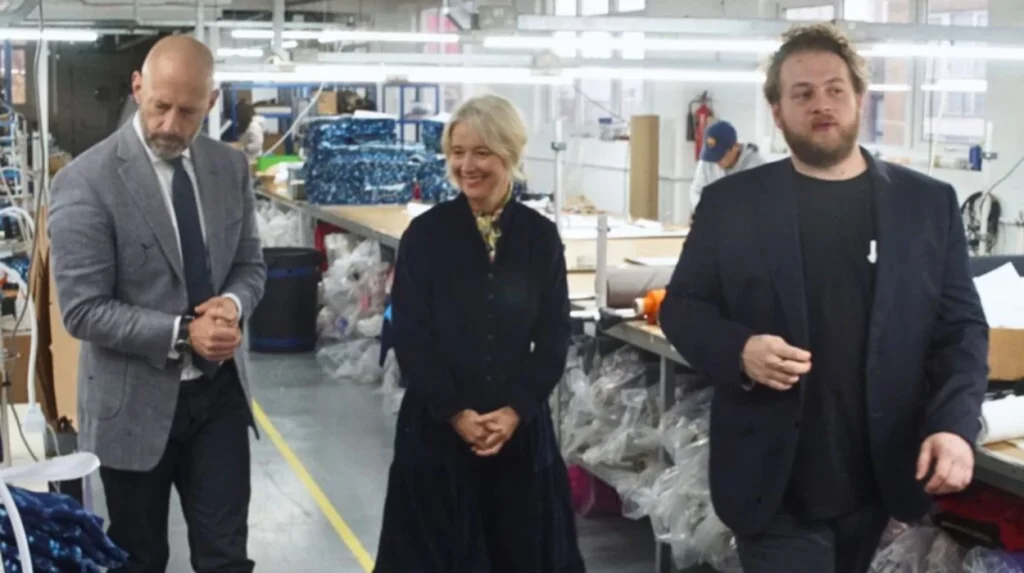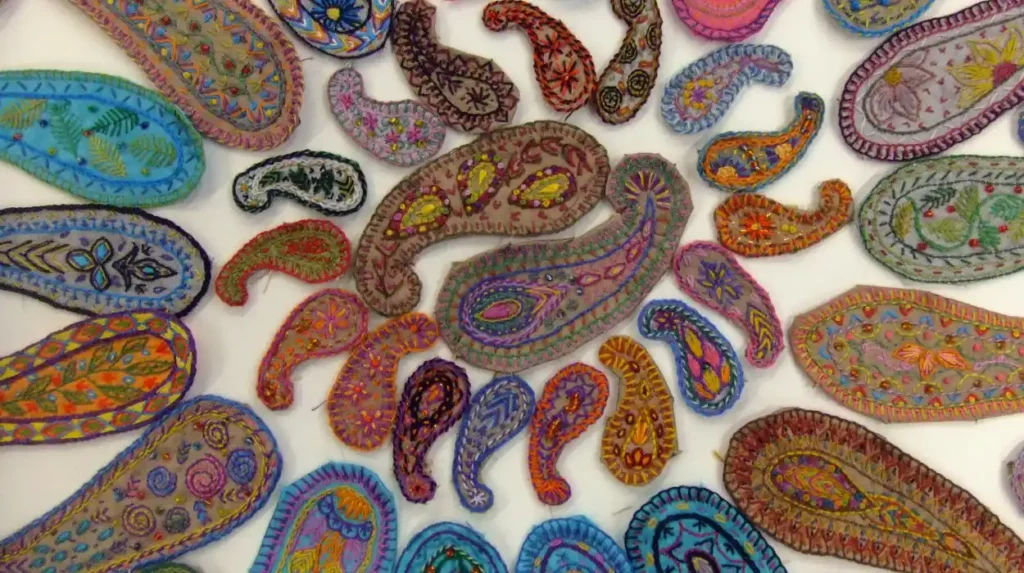The textile industry in East London dates back to the 14th century with Flemish artisans establishing dye works along the River Lea. This laid the foundation for a thriving textile sector with craftsmanship deeply rooted in the area. The arrival of the Huguenots in Spitalfields in the late 17th century marked a pivotal development, as they brought advanced skills in silk weaving, lace making, and other textile crafts. This era saw Spitalfields silk become world-renowned, reinforcing East London as a key site for textile production in England.
The 19th and early 20th centuries saw significant demographic changes that shaped the industry further, with Jewish immigrants from Eastern Europe dominating the tailoring and garment manufacturing sectors. Their influence expanded the industry beyond silk weaving into mass garment production. Later in the 20th century, Bangladeshi immigrants took over much of the garment industry, especially in textile manufacturing and leather goods, continuing the industry tradition. This succession of immigrant communities helped maintain and diversify East London’s textile heritage.
The East London Textile Industry Today
Today, East London remains an important center for textiles, although it has shifted towards combining manufacturing with fashion innovation and technology. The area hosts numerous fashion enterprises, many clustered in zones such as Hackney Walk and the Thames Gateway, where new initiatives focus on skills development and sustainability through projects like the Fashion Technology Alliance and the Stitch Academy. These programs aim to fuse traditional craftsmanship with modern fashion technologies, maintaining the industry’s relevance within a competitive global market.
Government and private sector collaboration plays a crucial role in supporting this vibrant ecosystem, ensuring workspace availability and fostering growth corridors to keep East London’s textile production dynamic and competitive. The industry also contributes significantly to London’s economy, with the wider fashion and textile sector accounting for billions in value and hundreds of thousands of jobs across the city, underscoring its ongoing economic impact.

Cultural and Social Significance
The textile industry’s story in East London mirrors the area’s cultural evolution. Each wave of migration—Flemish, Huguenot, Jewish, and Bangladeshi—brought their skills and traditions, embedding textiles into the social fabric of the East End. These communities not only shaped industry but also influenced local culture, cuisine, and communal life. Textile factories, workshops, and markets became focal points for cultural exchange and social cohesion.
A notable aspect is how the industry has empowered immigrant entrepreneurs, with many businesses starting from home-based workshops evolving into thriving enterprises. The East End Textile Museum project seeks to preserve and celebrate this textile heritage, highlighting the stories and contributions of these communities over centuries.

Challenges and Future Directions
While East London’s textile industry flourishes, it faces challenges common to the wider UK textile sector, such as global competition, fluctuating demand, and employment sustainability concerns. Recent reports indicate a contraction trend in the textile wholesaling industry in the UK, urging modernization, innovation, and targeted support for SMEs.
However, East London’s focus on integrating fashion and textile technology—alongside initiatives promoting sustainability—offers a promising pathway. The area capitalizes on its historical strengths, investing in creative skills and advanced manufacturing techniques to secure its place in the future of textiles.
